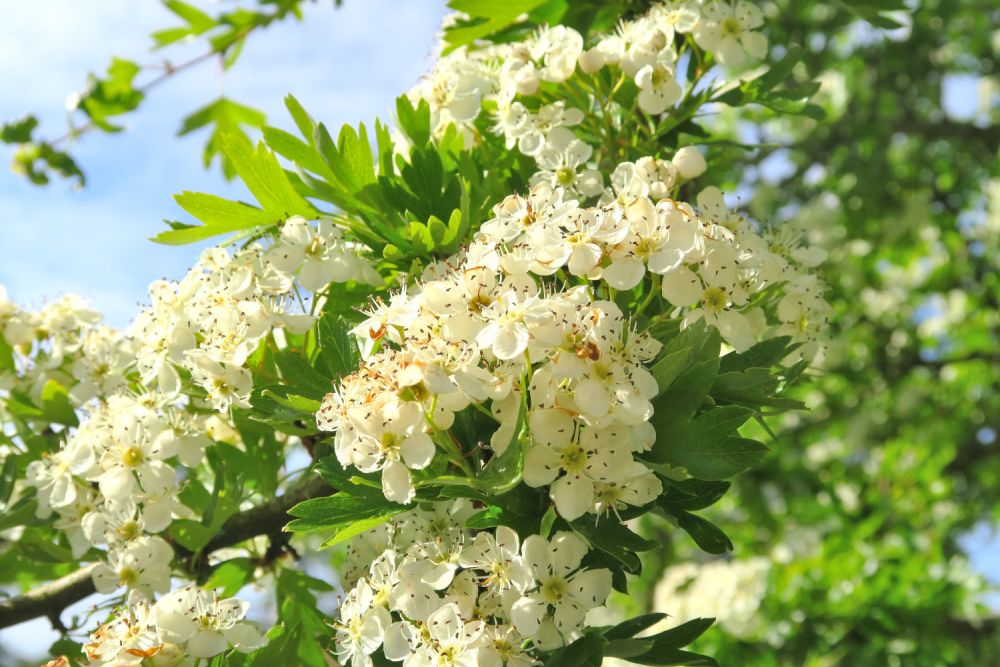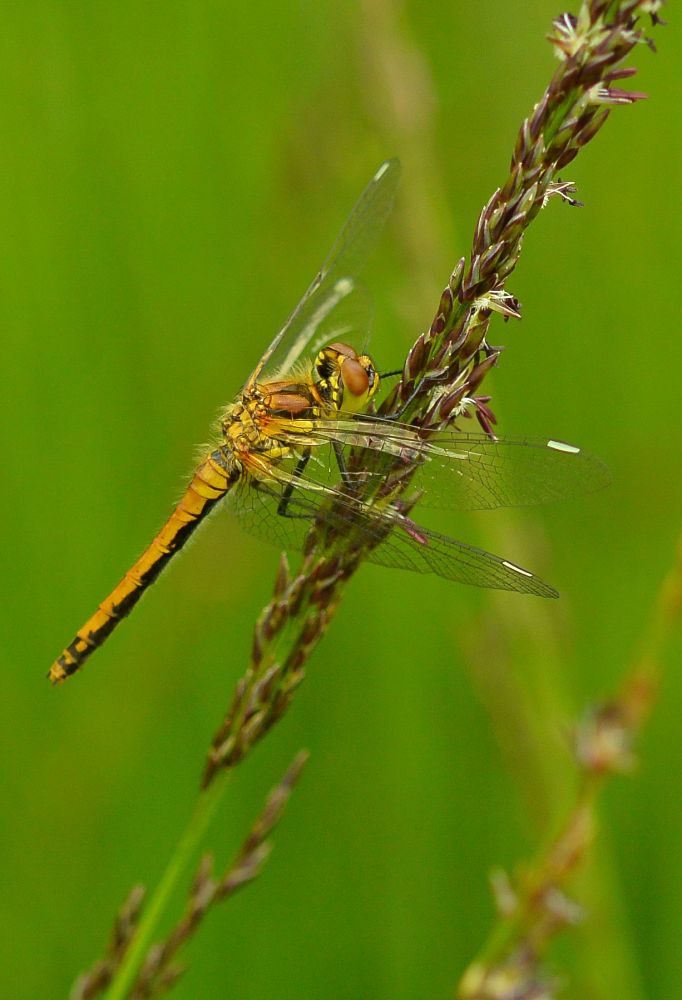A healer with a unique understanding of the human mind told his worried followers to consider the ravens and the lilies of the field.
Roll on 2,000 years and Phil Hammond, an NHS doctor, prescribes CLANGERS: eight habits for a healthy life. N is for noticing the beauty around us. ‘Try to be as still as you can be for fifteen minutes every day, preferably outside,’ says Phil. However, when I go for a walk, sometimes I need exercise and don’t stop until I must. Sometimes I’m with a friend, more interested in her news than in birdsong and butterflies. Sometimes, I’m wrestling with a problem and don’t want to be distracted until I’ve formed some plan.
Other days, I want to switch off from my ruminations and tune into my surroundings, so I sit for a while. Moving, I see the obvious. When I stop, I notice tadpoles in a puddle, delicate petals, a caterpillar hanging by its silken thread, a basking grasshopper. This week, walking on a riverbank, it was easy to notice the long, purplish Alder catkins, but only when I stopped, and examined them, did I pay attention to the mauve leaf buds and the small, raspberry-red female flowers.
When I stop, I touch, enjoying rough lichen, soft moss, sharp grass blades, icy river water, hot sand dribbling through my fingers.
I deliberately sit where I can smell wild garlic, or pines, or catch the sweet scent of May blossom or the coconutty whiff of whins.
Roe deer have come within inches of me. Once, in a wood, my back against a tree, I heard crashing and a buck ran by, leaping in fright as he drew level – I felt the air stirred by his passing. Another time, my husband and I were on a scrub-fringed seashore, enjoying a quiet cuppa from our flask. Hearing steps behind, we turned and looked up into the big dark eyes of a doe.
Dragonflies land on me when I rest by a pond – and sitting for prolonged periods is certainly easier in summer. Usually it’s a darter, red, ochre or black. They wait for prolonged periods at a choice hunting perch, then – as their name suggests − dart out for prey and return. It’s fun to become a favourite spot!
Listening is easier when I stop. I usually notice bird songs first: often a wren, going off like an alarm clock, then bees, flies, distant sheep, cars, planes or the pleasant lack of them.
If I stay long enough, I may get a once-in-a-lifetime moment. One April morning, I sat on a fallen, mossy tree trunk in a boggy wood to enjoy the early chorus and closed my eyes. When I opened them, a long-tailed grey bird was flying into a birch right on front of me. The high fork held a half-built nest, and she had a twig in her bill, which she poked into her tangle of sticks. When she turned, I could see the grey barring all down her white breast – a Sparrowhawk − a wary beast, but totally unaware of my presence. She worked her way along a branch, trying unsuccessfully to break off some of the living, dangling, branch ends with her hooked beak, then took off and snatched a twig in flight, using her feet. She landed, facing me, transferred the twig to her bill and flitted back to the nest to weave it in. Then she flew away and I breathed normally again, left quickly, before she could return.
Mary Oliver was one of the most observant and joyful of poets, delighting in familiar species as she walked each day near her home. Any of us can look, with our arms open, as she did, in the poem ‘Where Does the Temple Begin, Where Does It End?’* –
There are things you can’t reach. But you can reach out to them, and all day long. The wind, the bird flying away. The idea of God. And it can keep you as busy as anything else, and happier. The snake slides away; the fish jumps, like a little lily, out of the water and back in; the goldfinches sing from the unreachable top of the tree. I look; morning to night I am never done with looking. Looking I mean not just standing around, but standing around as though with your arms open. And thinking: maybe something will come, some shining coil of wind, or a few leaves from any old tree – they are all in this too.
Next week: another way of noticing.
All photos: R&B Mearns
* From Why I Wake Early: New Poems, by Mary Oliver (Beacon, 2004)







Lovely piece of peace Barbara!
Thank you for this piece. Sitting at my computer with a wild wind battering the panes behind me, spring felt a long way off. But I experienced some moments of real peace as your words, and those of Mary Oliver, took me away and let me rest my thoughts.